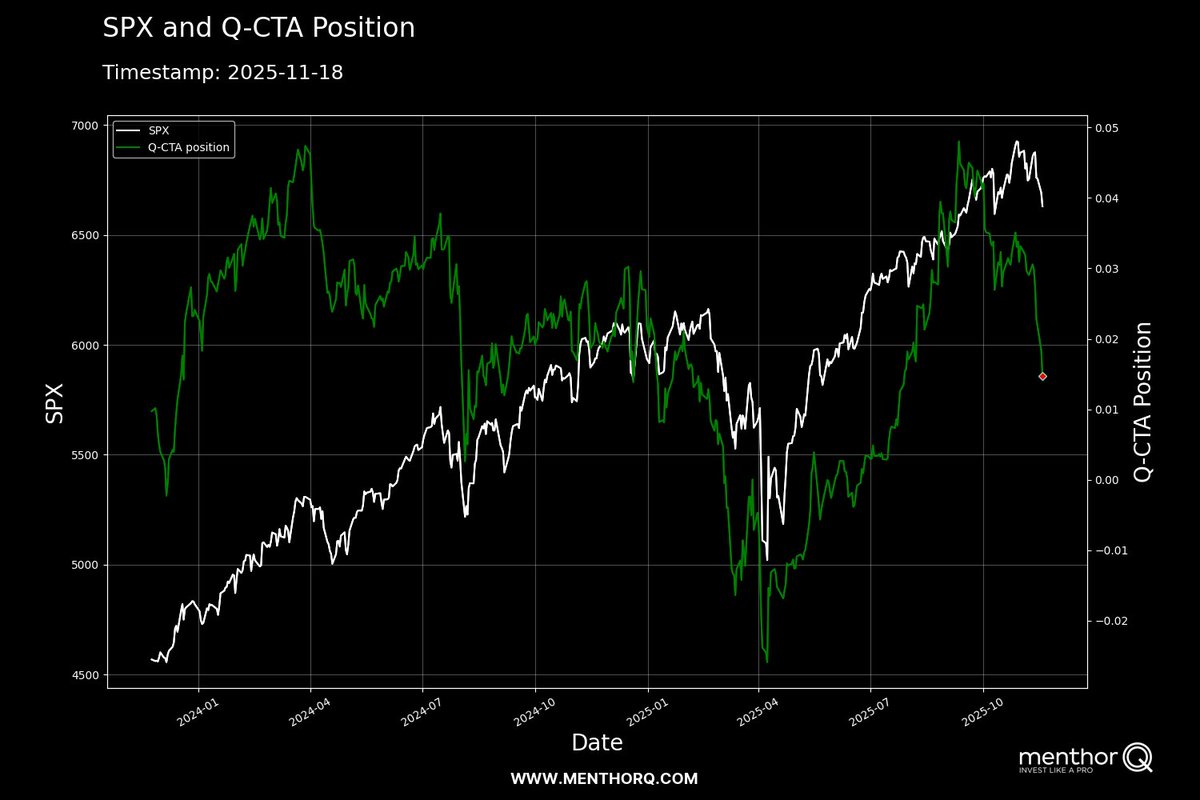
Futures & Options Quant-Driven Market Intelligence |
Start now with QUIN, Your AI Trading Assistant https://t.co/i3ryvQFi3M
10 subscribers
How to get URL link on X (Twitter) App


 2/ In this chart:
2/ In this chart:
 2/ What happens as price approaches Put Support?
2/ What happens as price approaches Put Support?

 We know by now that markets not efficient machines.
We know by now that markets not efficient machines.
 2/ Key takeaways from this surface
2/ Key takeaways from this surface



 2/ Why It’s Called a “Smile” 😬
2/ Why It’s Called a “Smile” 😬




 2/ The Fort Knox Controversy & U.S. Gold Reserves
2/ The Fort Knox Controversy & U.S. Gold Reserves
 2/ 🔎 What is the 1D Expected Move Indicator?
2/ 🔎 What is the 1D Expected Move Indicator?
 2/ What is Put Support?
2/ What is Put Support?

 2/ Let's start from Delta and Volatility. Delta measures the sensitivity of an option's price to changes in the underlying asset's price.
2/ Let's start from Delta and Volatility. Delta measures the sensitivity of an option's price to changes in the underlying asset's price.
 2/ What is Skew?
2/ What is Skew?

 2/ Fat Tails and Market Movement: Skew is connected to the concept of "fat tails," which suggests that extreme price movements are more likely than a normal distribution would predict. This is why implied volatility tends to increase as you move further away from the current strike price—whether far above or far below it.
2/ Fat Tails and Market Movement: Skew is connected to the concept of "fat tails," which suggests that extreme price movements are more likely than a normal distribution would predict. This is why implied volatility tends to increase as you move further away from the current strike price—whether far above or far below it.

 2/ Let's start from Electricity, The electricity curve shows seasonality with peaks and troughs each yearly strip with prices staying relatively flat year over year. The peaks and troughs represent anticipated surges in
2/ Let's start from Electricity, The electricity curve shows seasonality with peaks and troughs each yearly strip with prices staying relatively flat year over year. The peaks and troughs represent anticipated surges in

 2/ IV above next day's IV suggests dealers are short (selling pressure). IV below indicates dealers are long (buying pressure).
2/ IV above next day's IV suggests dealers are short (selling pressure). IV below indicates dealers are long (buying pressure).
 2/ It is very important for Traders and Investors to understand the difference between Positive and Negative Gamma when trading any asset, because these gamma conditions can significantly impact their investment strategies and risk exposure. Gamma is one of the Greeks used in options pricing and risk management, and it measures how the delta of an options position changes in response to movements in the underlying asset’s price.
2/ It is very important for Traders and Investors to understand the difference between Positive and Negative Gamma when trading any asset, because these gamma conditions can significantly impact their investment strategies and risk exposure. Gamma is one of the Greeks used in options pricing and risk management, and it measures how the delta of an options position changes in response to movements in the underlying asset’s price.

 2/ Oil tends to be the place to be for Market participants "Escalating Events". During these news CL Futures alone jumped nearly 3% to the highs. With OPEC+ Members keeping Oil Supply tight, and oil demand from US and China steady, a brewing middle East Conflict, will make next week a volatile oil market
2/ Oil tends to be the place to be for Market participants "Escalating Events". During these news CL Futures alone jumped nearly 3% to the highs. With OPEC+ Members keeping Oil Supply tight, and oil demand from US and China steady, a brewing middle East Conflict, will make next week a volatile oil market